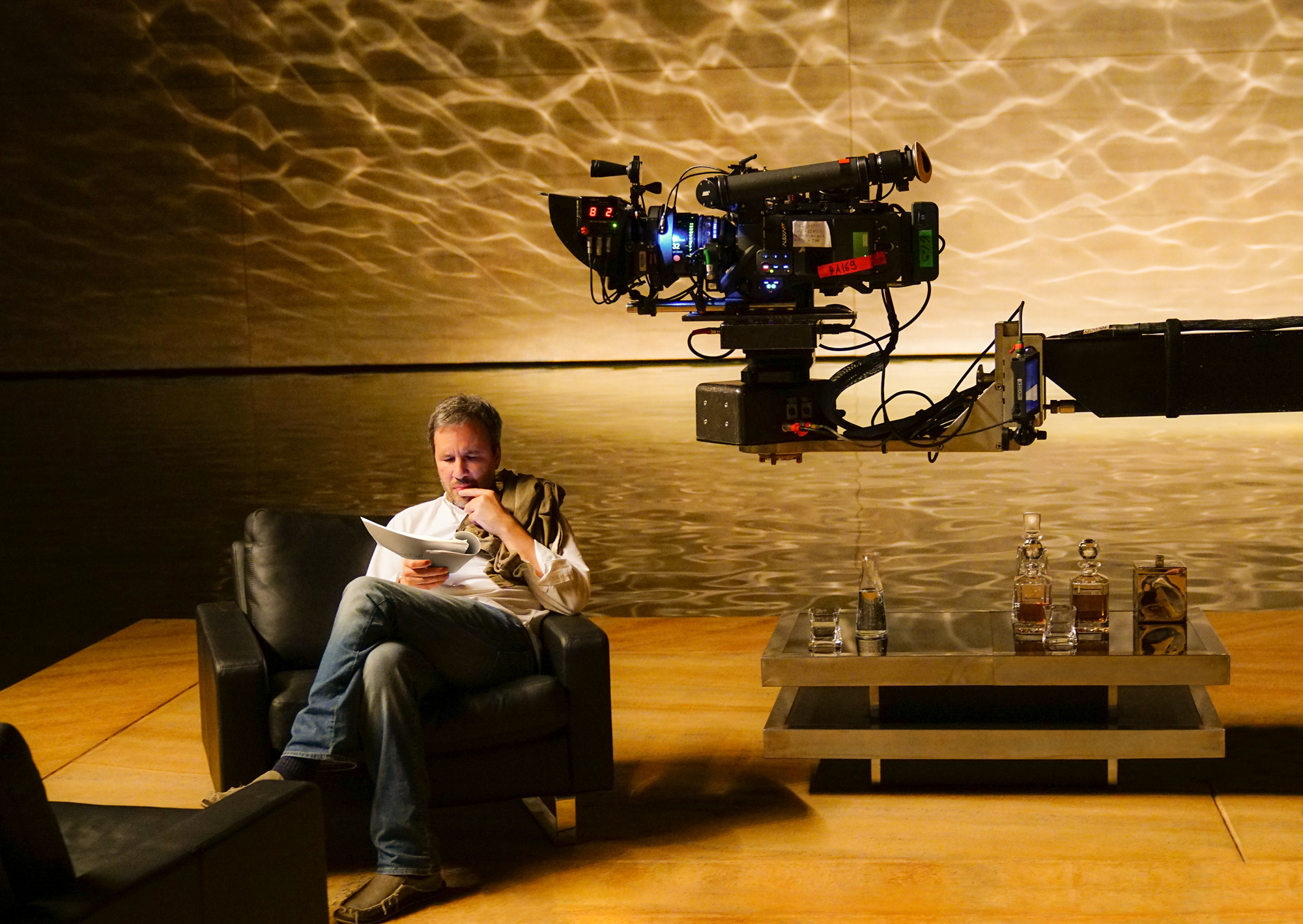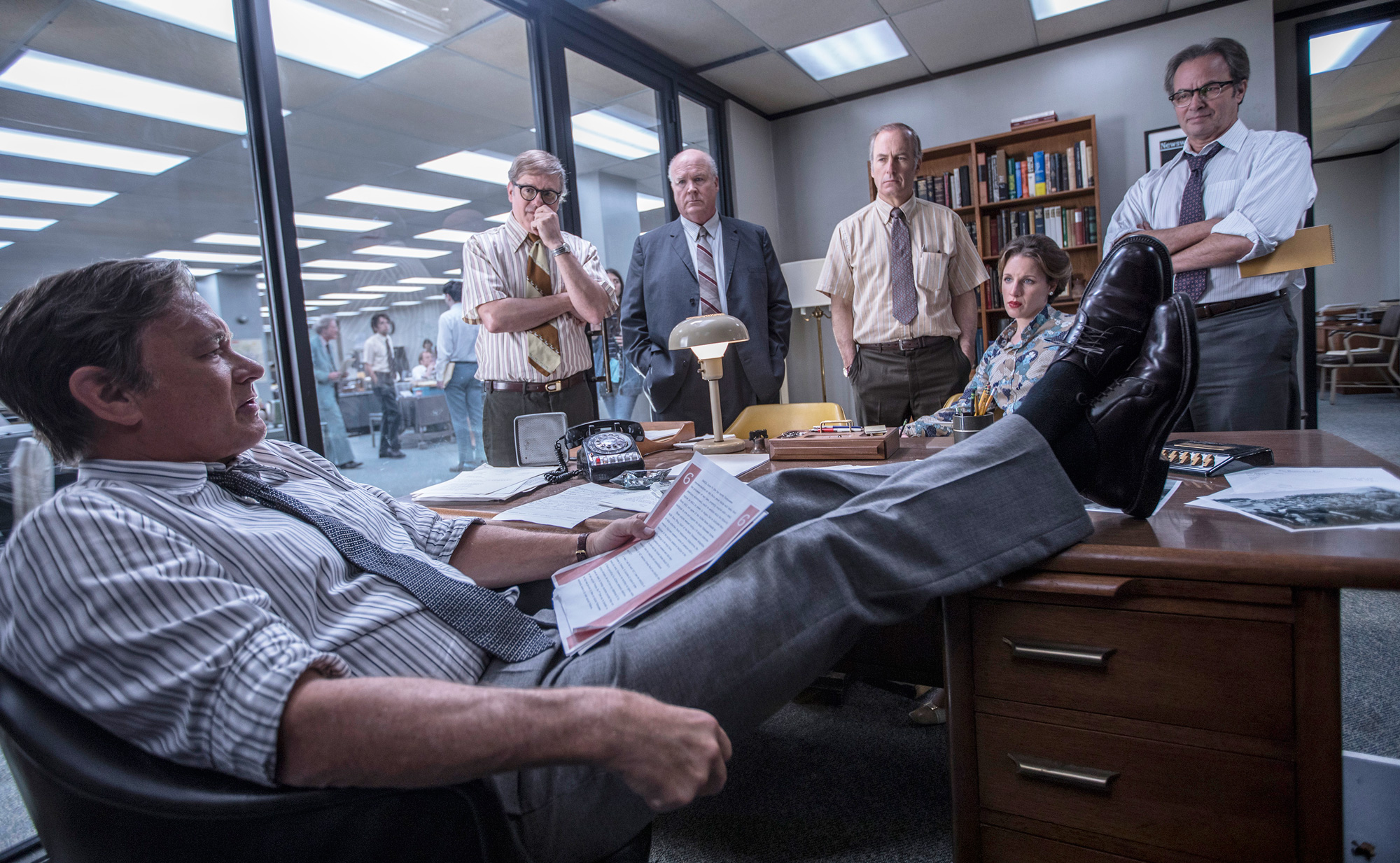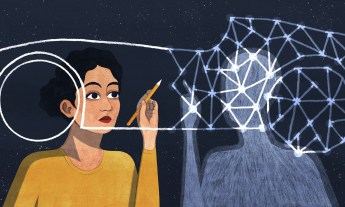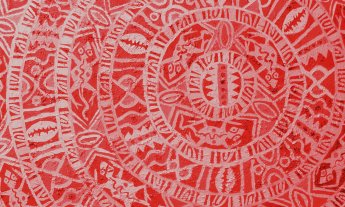
When you watch the Academy Awards, are categories like “sound editing” and “production design” your cue for a bathroom or snack break? Read why those jobs — and sound mixer and cinematographer — matter.
Every movie that ever gets completed is its own little miracle. A script born from the imagination of a writer (or two) must first run a months- or years- long gauntlet of dissection and interpretation, among stakeholders of varying temperaments, talents and intentions. Once it’s greenlit and put in production, multiple artistic practices — from photography to music composition — need to be coordinated in the service of a unified aesthetic. Often operating in work environments that would make an HR rep shudder, crews ranging from the dozens to the thousands (Iron Man 3 had a staggering 3,310 on its crew) must produce an end result — on schedule and on budget — that artists and executives can live with.
Although actors, directors and writers get the lion’s share of attention in awards season, there are many less showy jobs that are just as crucial to a movie’s execution and success — and that also merit Oscars. Here are four:
Sound Editor and Sound Mixer
Early in Phantom Thread, a 2018 Best Picture nominee, sound design turns an uneventful breakfast scene into a charged dramatization of the friction between protagonist Reynolds Woodcock and his companion Alma. As she eats, the volume of associated sounds — chewing, scraping, clinking — is gradually increased, in stark contrast to a room that seems to grow quieter by the second. The tension escalates as silent interludes between each effect intensify our anticipation of the next noise — and of the petulant Woodcock’s inevitable outburst. In part through the thoughtful deployment of sound, this relatively short scene indicates what it’s like to live with a prima donna like Woodcock.
In this case, such deft manipulation of an audience’s stress level is managed by sound editors and sound mixers. The editors determine what we hear, while the mixers figure out how we hear it. “Sound editors assemble the sound you hear from scratch by adding or creating all the required parts, whether it’s sound effects, ambience or room tone,” says Tasos Frantzolas (TEDxAthens Talk: The Beautiful Lies of Sound Design), a 15-year sound design veteran. “Sound mixers come in later to weave all those elements, including music, into a final mix, manipulating the audio with effects like reverb to emphasize certain elements at different times to tell the story effectively.” On large productions like Phantom Thread, a supervising sound editor — Matthew Wood in this case — heads up a team of editors and mixers who specialize in individual elements like music and dialogue. In contrast, some micro-budget films might have a single person handling all sound-related duties.
During production, the sound editor’s focus is on accurate recording. In post-production, however, the soundtrack gets tailored to the narrative, and once an overall audio aesthetic has been established with the director, the sound editor assembles the necessary effects. They may be drawn from stock collections like SoundSnap, the library founded by Frantzolas, or even from the public domain.
Movie gunshots are nearly always manipulated. Blanks used on location sound anemic compared to real bullets.
Re-creating sounds is often more practical than accurately recording the real thing, so editors (or Foley artists dedicated to the task) must create those effects themselves. Frantzolas describes a few commonly used shortcuts — “There’s hitting meat or breaking celery stalks for punches or bone fractures; slowed-down animal and human vocalizations for monsters; shaking bedsheets or gloves for a bird flapping its wings.” Sometimes approximating a sound’s qualities is a better creative choice than exact replication. Movie gunshots, for example, are nearly always manipulated. Blanks used on location sound anemic compared to real bullets, and even recordings of real weapons are not dramatic enough to most directors. In some cases, portions of a gunshot’s frequency range may be adjusted to give it a booming echo or a sharp cracking quality. The effect can be made bolder still by combining it with non-gun noises like explosions or even music.
Dialogue frequently requires re-recording in post-production. This could be for a variety of reasons, like compensating for poor recording conditions on location, improving performances or fixing flubbed lines. Some films may even need to re-record most of their dialogue. Mad Max: Fury Road, for example, consists of one long car chase, so the dialogue recorded under those extreme conditions was mostly unusable for the final mix.
Despite its importance, sound design should go unnoticed by moviegoers. “Sound’s power lies in the fact that it’s subtle, understated and often works at a subconscious level,” says Frantzolas.
Cinematographer
While directors tell the actors what to do, it’s the cinematographer who tells the camera what to do. “A cinematographer is responsible for both the technical and artistic aspects of capturing moving images for TV and movies,” says Rick Smith (TEDxBozeman Talk: Lessons from TV survival), who has performed these duties on documentary shoots for PBS and National Geographic. The cinematographer is in charge of the camera’s position, its movements, the light it absorbs, and its lenses, as well as additional lighting, and uses his or her deep technical expertise to pluck images out of the director’s head and reproduce them with the camera.

It’s often said that cinematographers paint with light and, in fact, the artistic deployment of light can be the difference between your home videos and the polished images we see in theaters. Smith singles out Roger Deakins, a 2018 Oscar nominee for Best Cinematography for his work on Blade Runner 2049, as a master of the form. “His use of practical lights that are integrated into the set design create unrivaled compositions,” says Smith. Particular highlights of Deakins’ work on that film are scenes set in industrialist Niander Wallace’s inner sanctum. The cinematographer bounced light off the pool central to the cavernous space, creating sinister patterns while preserving deep shadows in parts of the shot. The combination of mystery, menace and melancholy he evokes characterizes the film as a whole.
The cinematographer’s ultimate goal is to evoke emotion through the creative use of visuals, whether action is set in a single drab room or against a blazing sunset.
From light springs color, another important consideration of a cinematographer’s work. Colors can shape mood — think of the red lighting used in countless horror films to portend danger. A movie’s dominant color palette can flesh out characters. For example, the icy whites, blues and greys used by cinematographer Andrzej Sekula in American Psycho hint at the cold disconnect of its insane protagonist.
Good cinematography can hide in the shadows that bathe a face behind a desk or shine in the precise quality of the glint in an actor’s eye. While films with the most ostentatious imagery tend to win awards, there’s more to the profession than creating beautiful pictures. The cinematographer’s ultimate goal is to evoke emotion through the creative use of visuals, whether action is set in a single drab room or against a blazing sunset.
Production Designer
The production designer is the person most responsible for crystallizing a writer and director’s vision into a physical universe that can be photographed and explored. “He or she is the visual guide, the cheerleader, champion and protector of the art department,” says Deborah Riley, winner of three Emmy awards for her production design work on HBO’s Game of Thrones. “The production designer works directly with the director, cinematographer and producers, creating the visual concept for the show, and identifying a design style for the sets, locations, graphics and props.”

A production designer must read the script and ask, “What does all this look like, and what does that look say about the story and characters?” For The Post, another 2018 Oscar nominee for Best Picture, production designer Rick Carter had to re-create The Washington Post’s circa-1971 newsroom from archive photos. Historical accuracy was a high priority — but so was character-building. Under his supervision, he and team built out the office of executive editor Ben Bradlee as a messy space with uncomfortable-looking chairs and a bulletin board covered in cartoons indicating Bradlee’s sardonic sense of humor and anti-Nixon leanings. It’s the workspace of an engaged and busy journalist. Compare that with the office of Arthur Parsons, a Post board member framed as one of the antagonists and who Carter placed in a plush realm with a fussily ornate desk and chairs you could disappear into — all of which signals a man who prizes luxury over practicality and style over substance.
“Talking about ideas and doing the research is the fun part, but communicating those ideas to others is another major part of the job,” says production designer Deborah Riley.
When a movie or TV show is set in a fantasy universe, the locations may need to be created from the ground up. For Game of Thrones, Riley found this to be the case when tasked with designing the audience chamber at Dragonstone, the ancestral home of the House of Targaryen. Visiting Zumaia, the Spanish town that served as the castle’s physical location, she realized that the rock strata unique to its coastline had to inform her design. “Everything about the building needed to hinge on the idea that the castle was built around the strata and that the throne should be carved into it,” she says. “So we built the show a brutalist cathedral.”
Not all of the production designer’s time is spent in hands-on world-building. “Talking about ideas and doing the research is the fun part, but communicating those ideas to others and getting them excited about it is another major part of the job,” says Riley. Production designers must coordinate the work of the dozens of professionals that make up a movie’s art department. For instance, before filming on The Post could begin in earnest, prop builders had to produce replicas of 1970s newspapers, and set dressers located functioning Linotype presses. Location scouts found the building in which to reconstruct the space, and carpenters and painters did the reconstruction. Of course, this collective effort is only possible if the production designer keeps everyone on the same page. “Communication is the key to keeping the machine running,” says Riley. “The first rule I was told when I arrived is ‘never stop the machine.’ We just don’t have the time.”
So when the less-glamorous categories come up during the Oscars broadcast, take a moment to acknowledge all the skill, labor and passion that these professionals pour into their jobs. “At the end of the day, deep expertise is needed because so much has to get done in so many fields,” Frantzolas says. “Film may be the most collaborative artistic medium in history. We all pull together, or we all fall together.”












